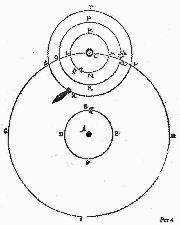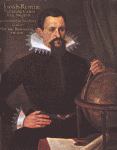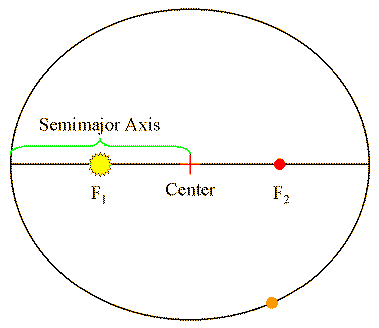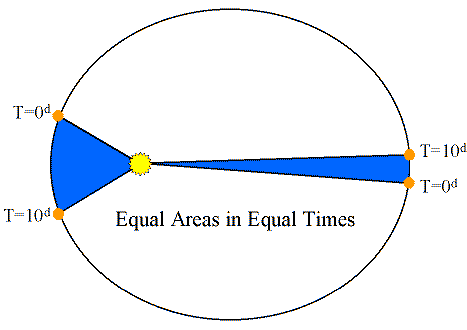An Introduction to Solar System Astronomy
Prof. Richard Pogge, MTWThF 2:30
|
|
Astronomy 161: An Introduction to Solar System Astronomy Prof. Richard Pogge, MTWThF 2:30 |

Danish nobleman, brilliant astronomer and instrument builder.
The Man with the Golden Nose
Tycho was a brilliant and pugnacious man. As a student in Rostock in 1566, he lost part of his nose in a sword duel with another student (a third cousin, in fact). For the rest of his life, he wore a false nose he fashioned out of gold and silver (with a common copper one for everyday use), afixed to his face with an adhesive salve (click on the portrait above to see a larger version that makes this as plain as, well, the nose on his face).
The Nova of 1572:
In November of 1572, Tycho noticed a new bright star in the constellation of Cassiopeia. He proceeded to make detailed measurements of it over the next 16 months.

[Click to view full size - 51k]
Uraniborg quickly became the premier center for astronomical research in Europe.
Tycho's 20 years of work at Uraniborg (from 1577 until 1597) produced the following results:
Astronomical Database:
Great Comet of 1577:
Intensive observation of Mars:
All of these observations attest not only to Tycho's considerable skills, but they also contain the seeds of the downfall of the Aristotelian view of the world. Comets and Novae (the latter now understood to be stellar explosions) were thought to be atmospheric phenomena, since change could not occur in the celestial realm. Further, the demonstration that the center of motion of the Great Comet of 1577 was the Sun and not the Earth was a blow to the strict geocentric point of view.
It was Tycho's careful observations of Mars and the planets, however, were to have an importance far beyond Tycho's imagining (or intentions).
1599: Appointed Imperial Mathematicus at Prague
1600: Hired Johannes Kepler as his assistant.
1601: Died in Prague, Kepler took his place.
Tycho made two essential contributions to science: he acquired the finest naked-eye data on the stars and planets, and he hired Johannes Kepler to anaylze these data. Contemporary accounts record that Tycho's dying words were "Let me not seem to have lived in vain". His wish was for Kepler to use his data to prove the truth of his Tychonic system. What he got was something quite different.

Brilliant but tormented mathematician born in Germany.
Inherited Tycho's data along with his post of Imperial Mathematicus in 1601.
Kepler began analyzing the orbit of Mars in 1601. Task took 4 years.
This led him to question his assumptions:
Published the results of his work in 1609 in the Astronomia Nova (New Astronomy), which contained the first and second of his three laws of planetary motion.

Ellipses are characterized by two numbers:
Example: The Orbit of Mars: a = 1.5237 AU, e = 0.0934

The Second Law (sometimes called the "Equal Areas Law") provides a geometric description of the change in speed that completely eliminates epicycles and all of the other baggage of the Ptolemaic and Copernican systems. It also signalled the final rejection of uniform circular motion.
Expressed Mathematically:
Kepler's Third Law applied to the Planets
| Planet | a (AU) | P (yr) | a3 | P2 | P2/a3 |
| Mercury | 0.3871 | 0.2408 | 0.0580 | 0.0580 | 1.0000 |
| Venus | 0.7233 | 0.6152 | 0.3785 | 0.3785 | 1.0000 |
| Earth | 1.0000 | 1.0000 | 1.0000 | 1.0000 | 1.0000 |
| Mars | 1.5237 | 1.8808 | 3.5373 | 3.5376 | 1.0001 |
| Jupiter | 5.2034 | 11.8626 | 140.8810 | 140.7216 | 0.9989 |
| Saturn | 9.5371 | 29.4475 | 867.4510 | 867.1551 | 0.9997 |
[The data used to create the table above are from the JPL Solar System Dynamics Group website, using their tables of Approximate Positions of the Major Planets and the table of Physical Characteristics of the Planets.]
Kepler's Third Law did not appear until 1618 in his Harmonice Mundi (The Harmony of the World). In this book Kepler made a much deeper exploration of his ideas of harmony in mathematics, music, and the heavens, even going so far as to set the motions of the planets to music, with rising pitch indicating faster orbital speed following his Second Law!
Despite the apparently mystical tone of this work, Kepler has deeply committed to the idea that physical causes underlied the motions of the planets, and he felt that the existance of a "harmonic" relation between the period and semi-major axis of an orbit was proof of this.
To answer why, we need Physical Laws of planetary motion.
The correct physical explanation had to wait nearly 70 years until the work of Isaac Newton.
The title of this lecture, The Watershed, is borrowed from the title of a biography of Kepler by Arthur Koestler (which itself is an excerpt from his longer book, The Sleepwalkers). Koestler's book is interesting if opinionated, and I do not agree with all of his ideas (in particular, I have issues with his rough treatment of Galileo, and his belief that Kepler's work proves his [Koestler's] ideas about of the essential role of the irrational in scientific discourse). Despite this, it is provocative and interesting reading.